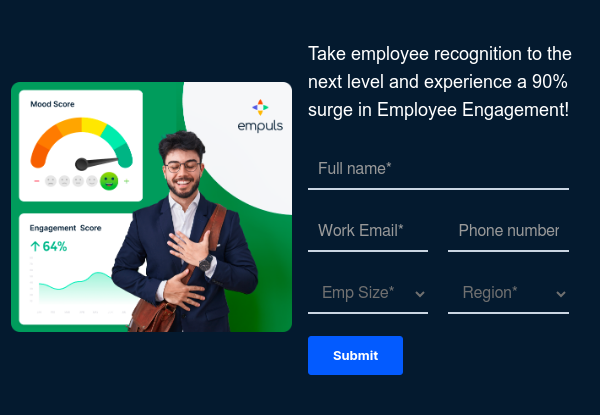How much should employee discounts be?
The value of employee discounts can vary widely depending on the industry, company size, and the type of products or services offered. However, some general guidelines include:
- Retail sector: Employee discounts in retail typically range from 10% to 30% off the regular price. High-end or luxury brands may offer slightly lower discounts, while companies that sell basic consumer goods might offer higher discounts.
- Hospitality and travel: Employees in the hospitality industry, such as hotels or airlines, may receive discounts ranging from 20% to 50%. These discounts often extend to family members and can include both products (e.g., hotel rooms, airline tickets) and services (e.g., dining, spa treatments).
- Technology and electronics: In the tech industry, discounts can vary from 15% to 50%, depending on the product type. For example, software and services may have higher discounts, while hardware might have lower percentages.
- Automotive: Employees at automotive companies may receive discounts on vehicles, often ranging from 10% to 25%. In addition, they may also get discounts on maintenance and parts.
- Healthcare: Employees in the healthcare sector may receive discounts on medical services, prescriptions, and health-related products. These discounts might range from 10% to 30%.
- Education and non-profits: In education or non-profit sectors, discounts may be less monetary and more related to access to resources, such as free or discounted courses, materials, or professional development opportunities.
- Internal policies: Some companies may base their discounts on the cost margin of their products or services. For instance, if a product has a high-profit margin, a larger discount may be offered to employees. Conversely, if the profit margin is low, the discount might be smaller.
























